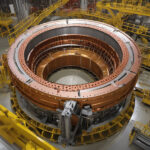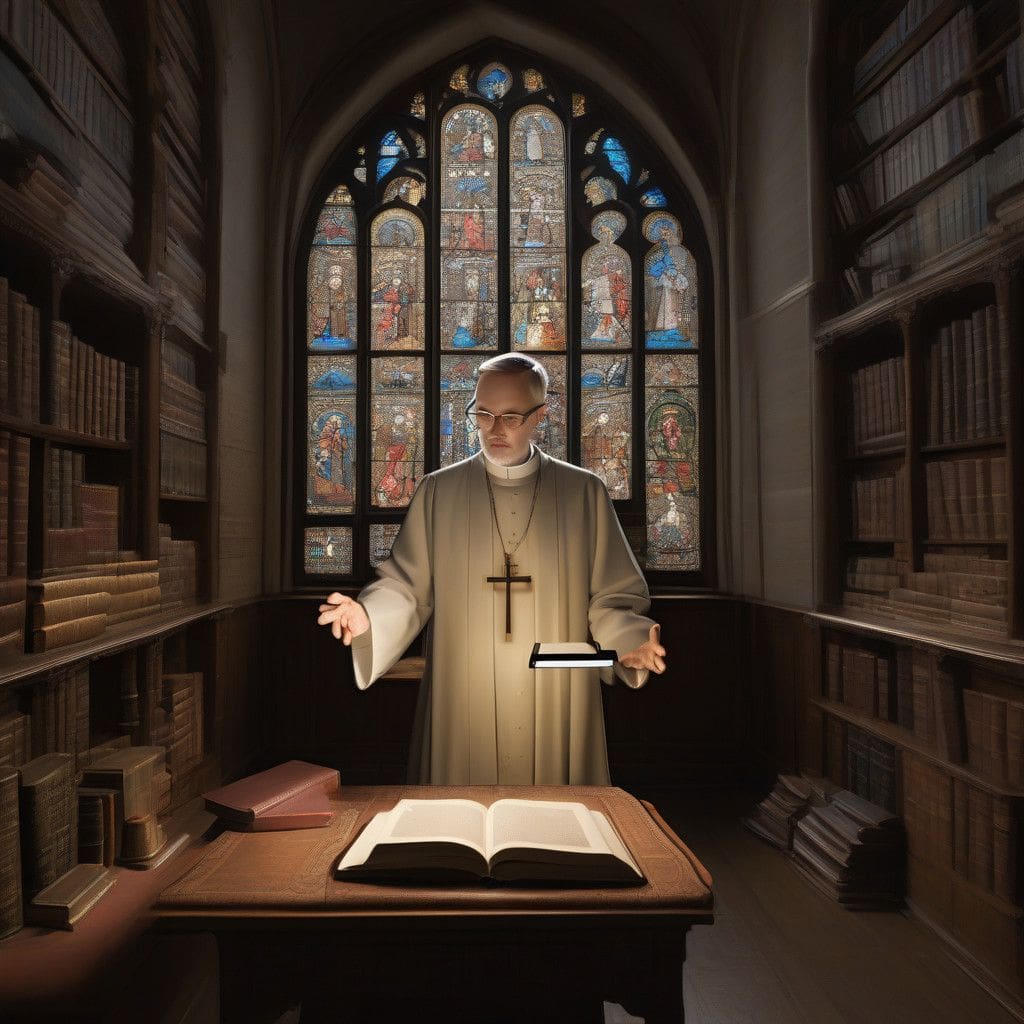In an inspiring blend of tradition and technology, a chapel in Poznan, Poland, designed by priest Radek Rakowski, is changing the way individuals engage with Catholicism. By integrating an AI-powered guide into the chapel’s structure, Rakowski aims to enhance the spiritual experience of visitors in a cozy, modern setting. This initiative not only aims to make faith discussions more accessible but also to encourage openness in addressing sensitive topics.
Situated within a residential building, this innovative chapel features a welcoming design complemented by a coffee corner and app-based amenities that enable visitors to control lighting and order refreshments seamlessly. The use of technology is not merely decorative; it serves a practical purpose, making the chapel a community hub where faith and modernity intersect.
The AI assistant is a prominent feature, accessible via a lectern, and is equipped to provide objective and comprehensive answers to visitors’ inquiries about Catholic teachings. Drawing information from the Bible, the catechism, and various Church documents, the AI aims to reduce human error and emotional bias in its responses. This is particularly valuable when dealing with delicate questions that might elicit differing views or interpretations. Rakowski emphasizes that this tool is designed to facilitate discussions that are open, informed, and respectful.
One might wonder how an AI could effectively participate in discussions traditionally reserved for human clergy. AI’s strength lies in its ability to sift through vast amounts of information quickly. For many, seeking answers to complex spiritual questions can be intimidating. With this AI-powered guide, individuals can engage anonymously and without judgement, allowing for a more honest exploration of their beliefs and uncertainties.
Moreover, the design of the chapel reflects a commitment to creating a serene and inviting atmosphere. The combination of soft neon lighting and modern decor creates a space that encourages contemplation and dialogue. Visitors can sip coffee while discussing profound questions or simply seeking guidance in their spiritual journey. This accessible environment stands in contrast to typical perceptions of formal church settings, which can often feel austere or intimidating.
The initiative taken by Rakowski also resonates with broader trends in various sectors where technology is increasingly used to enhance human experiences. The rise of AI in religious settings could signify a new era in which tech tools complement traditional practices rather than replace them. This approach can be particularly effective in reaching younger generations who are digital natives and may seek connection through technology as well as through traditional means.
The integration of AI into religious discussions invites a re-examination of how faith communities can evolve to better serve their congregations in a rapidly changing world. An example can be drawn from businesses using AI to predict customer behavior. Similarly, religious organizations can use AI to better understand the needs of their congregants. Analytics could provide insights into the most frequently asked questions or areas of concern, allowing clergy to tailor discussions and sermons that resonate on a deeper level with their audience.
As faith communities around the globe grapple with declining attendance and a shift in traditional engagement models, innovative solutions such as the Poznan chapel’s AI guide may represent a critical step forward. The challenge lies not only in the technology itself but in how it is embraced by community members. Clear communication about the role of AI—viewing it not as a replacement for spiritual guidance but as a complement—will be crucial for fostering acceptance.
Prospective visitors to the chapel may find themselves intrigued by this mix of spirituality and innovation. The AI guide is positioned as a facilitator rather than a substitute for human interaction. This ensures that while visitors can receive accurate information quickly, the pastoral care provided by the community remains central to the experience.
In conclusion, the integration of AI into religious discourse at the Poznan chapel serves as an inspiring example of how technology can enhance faith discussions. By marrying tradition with innovation, this small community is paving the way for a future where technology plays a supportive role in spiritual growth and understanding. As more faith communities explore the potential of AI, the prospects for a more interactive and engaging spiritual experience could significantly expand.












